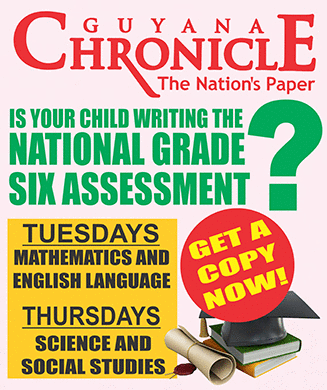AS Guyana approaches the September 2025 general and regional elections, the political landscape presents a stark contrast between a governing party that has demonstrably delivered on its promises and an opposition struggling to articulate a coherent alternative vision.
The People’s Progressive Party/Civic (PPP/C) begins this election period with an unmatched record of fulfilment of manifest commitments in history, with well over 90 per cent of its 2020-2025 commitment fulfilled to date, as opposition parties remain weighed down by intraparty conflicts and policy lull.
The PPP/C record in government has been phenomenally impressive. In 2022, two years into their tenure, Vice President Dr. Bharrat Jagdeo made a firm statement that the government had effectively met 80 per cent of its manifesto promises.
It then jumped to an impressive 90 per cent by 2024. Such wholesale fulfilment of campaign promises is effectively unheard of in Caribbean politics, where electoral pledges remain unkept across entire terms.
The success of the government cuts across several key areas, again showing broad-based governance and not selective policy execution. In housing alone, the government has invested a record $200 billion into developing infrastructure, with 48,000 citizens being awarded land previously denied to them.
The evolution of the healthcare industry has also been no less dramatic, with 12 ultra-state-of-the-art hospital proposals to be constructed across various areas, eight of them targeted for delivery before 2025.
The deployment of ICT infrastructure to hinterland communities and the launch of telemedicine services echoes a government earnestly devoted to development that prioritises people. Contrary to the governance of the PPP/C, the opposition itself remains in what can only be described as utter disarray.
The PNC-R-dominated APNU and AFC have developed notoriety as being “the worst opposition in history” by an increasingly frustrated electorate. This adverse judgment is not one of political partisanship per se but one of sincere concern at the failure of the opposition to perform as a functioning democratic check and balance.
The failures of the opposition reach beyond organisational ineptness to an overarching lack of policy innovation. Having had five years to cultivate new ways of doing things, neither APNU nor AFC has come forward with meaningful policies that significantly differ from what the PPP/C has already done or has promised to provide.
They offered promises in their 2015 manifesto for education, employment, and energy development that were never fulfilled.
Most damaging to opposition legitimacy has been their conduct in and around the 2020 elections, when bald attempts were made to wreck democratic processes around the globe. Not only has this subverted their international reputation, but it has pretty much wrecked public faith in them as defenders of democratic rule.
With three months to go until the September elections, PPP/C prospects of winning are remarkably good.
The coordination of recordable implementation of policy, oil revenue-supporting economic growth, and opposition confusion creates a virtually impregnable electoral advantage. The government’s ability to be able to point to visible achievements from housing allotment to hospital construction provides tangible evidence of effective governance that appeals to voters looking for betterment in their daily living conditions.
As Guyana prepares for its next election showdown, the choice confronting voters appears blissfully simple. The PPP/C is offering continuity of established government, backed by a record of manifesto execution that speaks to ability and integrity.
The opposition, however, provides no credible alternatives or evidence of organisational capacity necessary for effective government. Under such conditions, electoral success for the PPP/C seems not just probable but assured.



.jpg)






